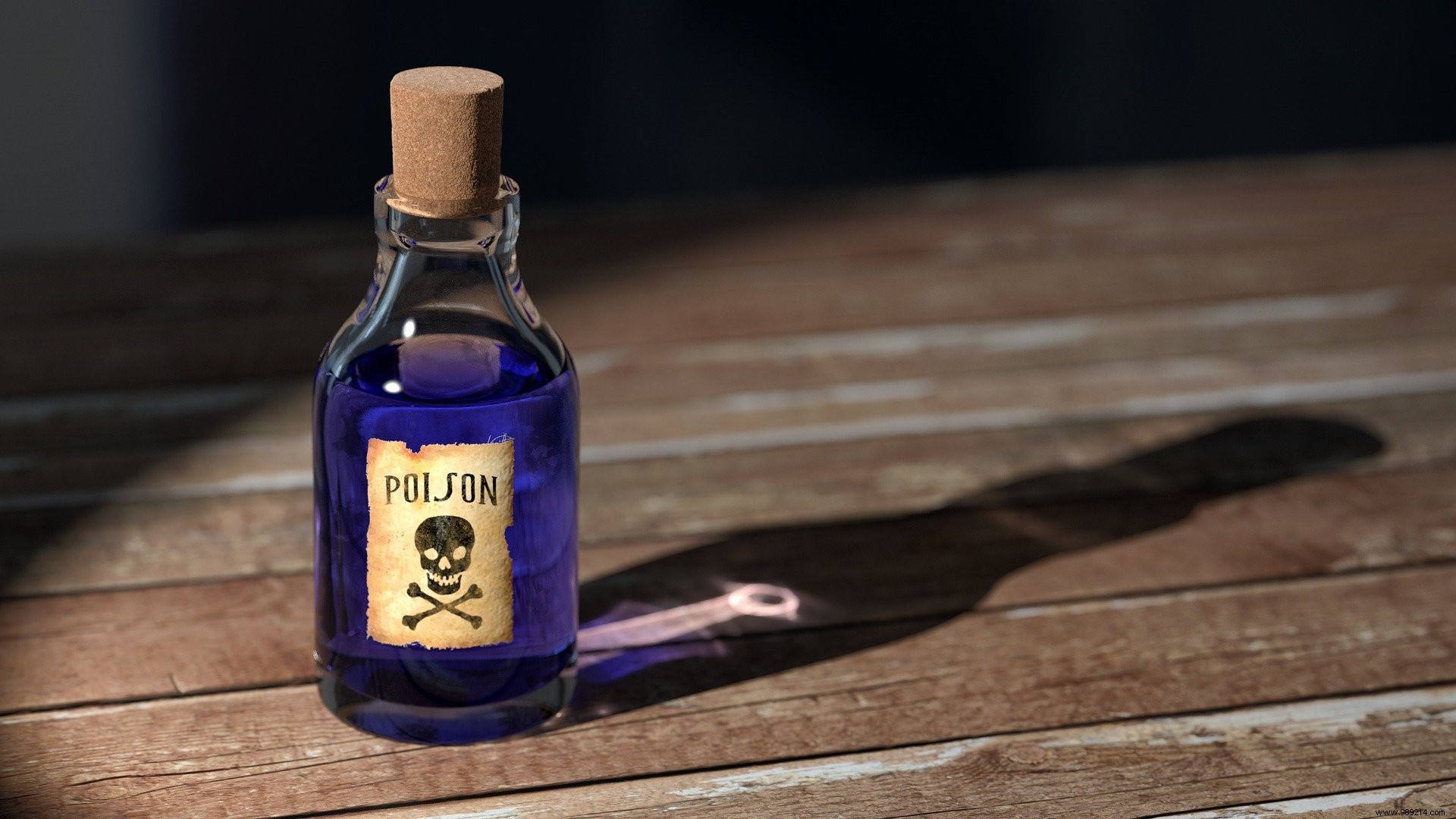It took an AI less than six hours to invent 40,000 potentially deadly molecules. Normally used to search for drugs, this system was intentionally revised to "do the opposite" as part of a trial presented at a conference on chemical weapons control.
The Swiss Federal Institute for Nuclear, Biological and Chemical Protection organizes conferences every two years to identify the various developments in these three fields of activity. These conferences, which bring together an international group of disarmament experts, aim to reflect on their potential security implications and to determine how these implications could be managed more effectively on an international scale.
Collaborations Pharmaceuticals, which develops machine learning computer models for the prediction of toxicity in different fields, was recently invited to talk about how these systems could be misused. As part of one of these conferences, the researchers chose to explore how their AI, called MegaSyn, could be used to design toxic molecules for preventive purposes .
In this trial, the researchers demonstrated their AI system that is normally responsible for detecting toxicity in molecules in order to avoid them. Concretely, the team has changed its mode of operation so that it does the opposite. Also during the experiment, toxic molecules were retained rather than eliminated . The model had also been trained to assemble these molecules into combinations.

Ultimately, the researchers expected to obtain products comparable to the powerful nerve agent VX, a deadlier version of sarin invented in 1952. The result:their system of AI reportedly identified over 40,000 of these possible chemical biological weapons in just six hours .
So, by reversing the use of our machine learning models, the researchers turned a harmless generative model useful in medicine into a generator of possibly lethal molecules. They also note that much of the process is relatively simple and uses publicly available tools. As a result, they have made a point of withholding certain details of their work.
“The most important thing that jumped out at us early on was that many of the compounds generated were actually more toxic than VX “, explains to TheVerge Fabio Urbina, lead author of the article. "And the reason it's surprising is that VX is basically one of the most potent compounds known “.
Now these are just unverified predictions and the researchers, who publish their work in Nature Machine Intelligence, have no intention of verifying them. “However, predictive models are generally quite good “, continues Fabio Urbina. “So even though there are a lot of false positives in this data, we are concerned that there are still a lot of very powerful molecules inside “.
Although none of these possible biological weapons have actually been explored in the laboratory, the researchers argue that their experiment serves as a warning about the potential dangers of artificial intelligence , which can be manipulated for malicious purposes. They therefore call for greater awareness and stricter guidelines.